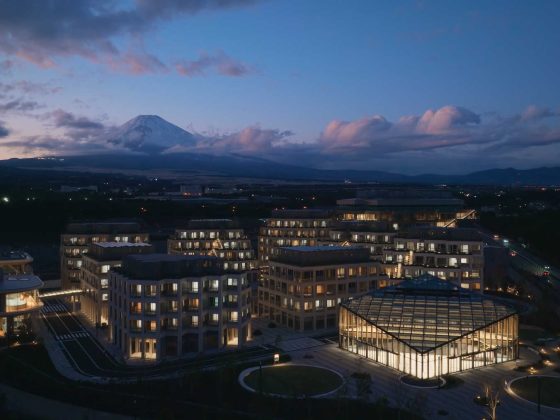Whether you are used to running in the city and considering swapping to trails or vice versa, you need to be aware of the differences between the two environments before switching one terrain for another. You could end up with some nasty blisters, a twisted ankle, or a more severe problem if you do not. Read on to find out more.
You Will Need the Appropriate Shoes
Most running gear can be transitioned from the city to trails or vice versa, but the one item you will need to alter is your shoes. When you are running on smooth city surfaces, you need shoes that are lightweight and speedy. For trails, you need a pair of shoes with excellent stability, duration, and traction, so you can easily tackle different terrains such as mud and rocks. It is imperative to have shoes with different soles not only for the type of terrain; but also for your specific feet. For instance, if you have flat feet, you should invest in running and walking shoes for flat feet.
The Difference in Terrain
The primary difference between running in the city and on trails in woodlands is the terrain. You will run on smooth and level sidewalks in the city, whereas trails are undulating, uneven, and often steeper. If you are swapping the levelness of pavements for twisty trails, it will not only put more stress on your body. It will also put more stress on your mind. When trail running, you cannot simply zone out and repeat the same stride again and again as you would in city terrain. On trails, your stride has to change as the trail changes. Let’s take a closer look at the differences in running surfaces.
Sidewalks
In addition to being a smooth surface to run on, sidewalks are a safe place, as they are usually well-lit and out of the line of traffic. And with a more predictable running surface, it allows for better form and alignment when you run. However, concrete sidewalks are harder than surfaces like asphalt, so the surface creates a greater impact on your feet.
Single Track Trails
Running through undulating trails in forests and backcountry gives you a truly unique running experience, and you will be breathing more clean air than you would in the city. But single-track trails require strength and finesse, and it takes time to adapt to running efficiently on such steep and ever-changing surfaces.
Crushed Limestone Paths
Limestone paths are typically somewhere between flat and slightly rolling, which means they are very forgiving on the body. Therefore, they can be one of the best terrains for running because less impact on your body means you face less likelihood of getting injuries. The only problem with crushed limestone trails is they are not usually right outside your front door, so you may want to reserve running on this terrain for longer runs at the weekend.










